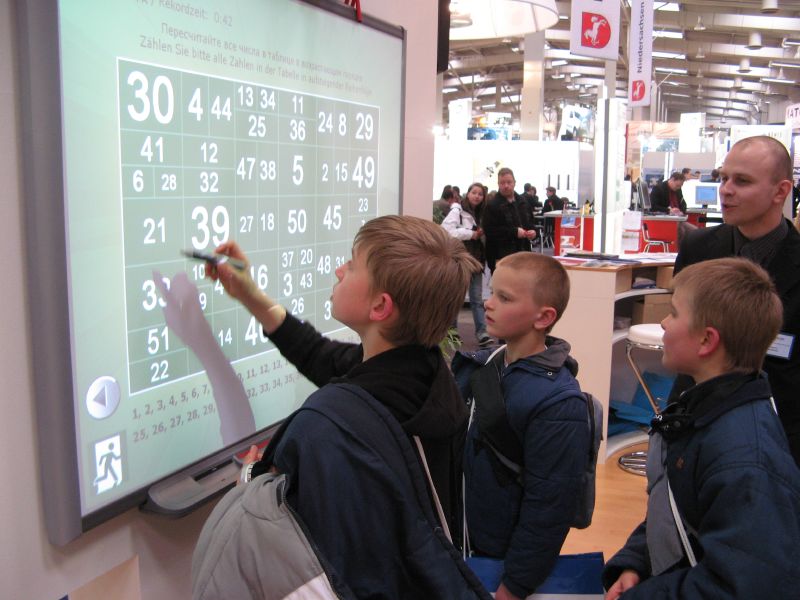My experiences in EME2040 were career changing. This was my
first online class that I have taken and in this class I got to share,
evaluate, create, and learn things I never knew before. Out of all the three classes
I took this semester I learned the most from this class. I believe EME2040 has
given me new insight on what it is like to be a teacher and the choices I will
get to make in my own classroom which are fundamental to my student’s success. The
textbook was a great tool to use because these chapters included so much useful
information including: NETS Standards, 21st century technologies
examples, real-life situations, learning goals, activities, tech tools, and
topics for reflection and discussion. There were so many examples of apps,
websites, and other types of technologies that can be used to enhance teaching
and learning and throughout the chapters I kept a list and added to it so when I
do start teaching I can incorporate some of these awesome tools into my
lessons. The discussion posts were really inspirational too because although
this is an online course these posts allowed me to feel like I knew my
classmates because their posts were personal and so opinionated. On one of my discussion
posts I wrote about my personal experiences of being an English language learner
and all the great things that my teachers did to help me ease into this new
culture and language. Activities in this class were fun and even group projects
were enjoyable. I didn’t believe that group projects could be done online but
our group lesson plan and wiki turned out great, I am very proud of my entire
group and what we have accomplished together this semester. Through the creation of my lesson plan I was able
to learn more about special and diverse needs students and what accommodations I
could possibly provide to help them succeed. What I have learned about special
and diverse needs students in this class is one of the most important things I take
from EME2040. Through the lesson plan, web quest, and teacher webpage I created
in this course I was able to meet the learning objective of using technology as
a medium and a goal of k-2 instruction. In my personal opinion I feel like
technology has been successful to improve teaching and learning for students.
A report, IT Opportunities in the
Education Market, revealed that 78 percent of K-12 teachers and administrators
believe technology has positively impacted the classroom and the productivity
of students. Roughly 65 percent of educators surveyed also believe that
students are more productive today than they were three years ago due to the
increased reliance on technology in the classroom. (Lytle, 2011)
It was awesome to create entire projects that not only
include technology but emphasizes it as an essential part of the student’s
learning. In most of the projects I created in this class such as the lesson
plan, teacher webpage, and website review I had to choose specific software and
hardware tools that I felt were most effective so I had to critique and
evaluate which tools are best for these projects and in a k-12 setting. For
example story bird and bitstrips were two of the technology tools that I thought
were most effective and this is backed up by the stats of them being in the top
10 educational technology resources (Poulos) . Through creating my
teacher webpage, web-quest, and wiki I was able to learn more about how
technology can help with my classroom management, administration, and teaching.
This class overall has taught me a lot. There's a lot of effective materials and assignments that helped me get a good grade. I never thought an online class would go so well for me but it did thanks to specific instructions provided. I would like to see more examples added to this course so students can have more to use as reference for their work.
This class overall has taught me a lot. There's a lot of effective materials and assignments that helped me get a good grade. I never thought an online class would go so well for me but it did thanks to specific instructions provided. I would like to see more examples added to this course so students can have more to use as reference for their work.

"Interactive whiteboard at CeBIT 2007" by svonog - http://flickr.com/photos/svonog/432774995/. Licensed under CC BY 2.0 via Wikimedia Commons.
Resources:
Lytle, R. (2011, July 14). Study: Emerging
Technology Has Positive Impact in Classroom. Retrieved December 10, 2014,
from US News:
http://www.usnews.com/education/high-schools/articles/2011/07/14/study-emerging-technology-has-positive-impact-in-classroom?int=96e908
Poulos, H. (n.d.). Top 10 Educational Technology
Resources. Retrieved 12 09, 2014, from Teacher Vision:
https://www.teachervision.com/educational-technology/teaching-methods/71463.html?page=4&detoured=1
Snovog. (2007, March 18). Interactive whiteboard
at CeBIT 2007. Retrieved December 10, 2014, from Flickr: http://en.wikipedia.org/wiki/Interactive_whiteboard#mediaviewer/File:Interactive_whiteboard_at_CeBIT_2007.jpg
